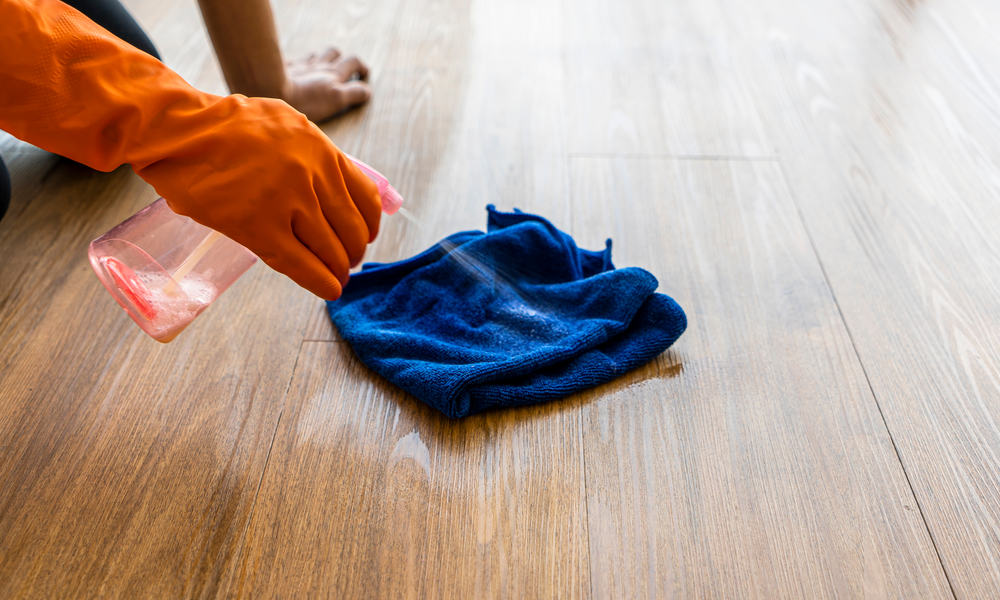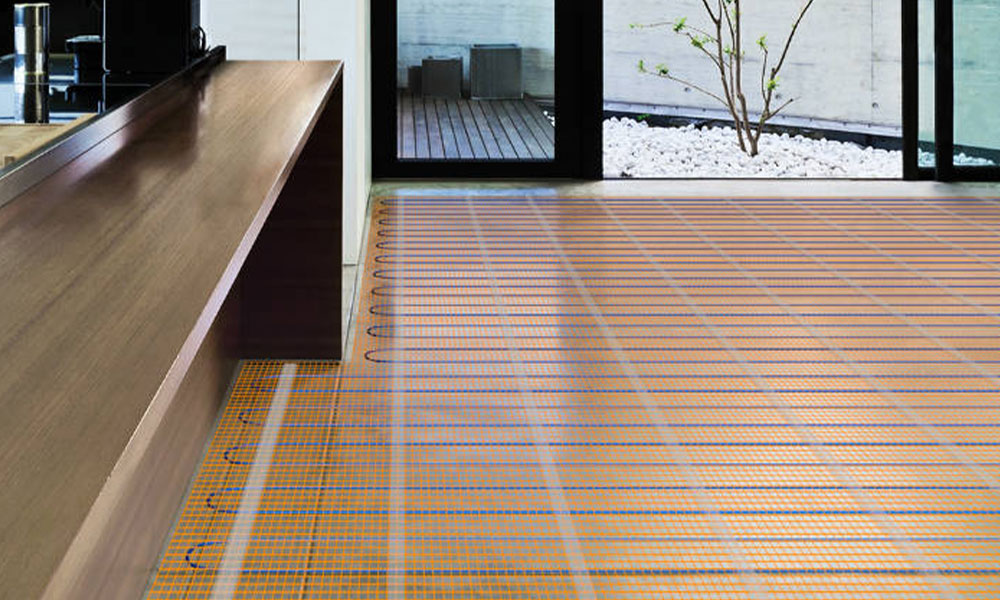When it comes to flooring, most people focus on the visible finish—wood, tile, vinyl, or concrete. However, beneath that polished surface lies an essential component that often goes unnoticed but plays a vital role in the durability and quality of the floor: the screed. Whether you’re building from scratch or renovating, choosing the right screeding method and materials ensures a level, smooth, and long-lasting surface.
In this article, we’ll break down the fundamentals of screeding, compare different methods, and help you discover the best practices to achieve outstanding flooring results—whether you’re a DIY enthusiast or a professional contractor.
What Is Floor Screeding and Why Is It Important?
Floor screeding refers to applying a cementitious layer over a concrete subfloor to create a smooth, level base. This base is necessary before laying final flooring materials. While screeds are often hidden beneath the surface, their function is critical for the success of any flooring system.
A properly laid floor screed provides:
- A perfectly level surface for installing tiles, vinyl, wood, and carpets
- Durability, reducing the risk of cracking or warping
- Thermal insulation and compatibility with underfloor heating systems
- Moisture resistance, protecting finishes from damp and humidity
- Soundproofing in multi-level residential and commercial properties
In short, screeds are the hidden champions of strong, stable, and beautiful floors.
Different Types of Floor Screeds
Several types of floor screeds are available depending on your project’s needs. Here’s a quick comparison:
1. Traditional Sand and Cement Screed:
- Mixed on-site or delivered pre-mixed
- Suitable for most general-purpose applications
- Requires manual leveling and longer curing times
2. Fast-Drying Screed:
- Accelerated curing process
- Ideal for time-sensitive projects
- Compatible with underfloor heating
3. Polymer-Modified Screed:
- Enhanced flexibility and strength
- Suitable for thin applications
- Excellent bonding properties
4. Flowing Screed:
- Often made of anhydrite (calcium sulphate)
- Pump-applied for large surfaces
- Self-smoothing but needs specific sealing techniques
Rise of the Self Levelling Screed in Modern Projects
One of the biggest innovations in flooring is the development of self levelling screed. Unlike traditional screeds that require labor-intensive leveling with screed bars and hand tools, this version flows across the subfloor surface, settling into a flat and uniform finish.
It’s particularly beneficial in areas where speed and precision are essential. Large commercial spaces, busy residential sites, and renovation projects all benefit from its fast-curing properties and reduced need for manual intervention.
Advantages of Self Levelling Screeds:
- Easy application: Reduces manual labor
- Quick curing: Saves time and accelerates project timelines
- Consistent finish: Perfectly flat and even surfaces
- Thin layer requirement: Suitable for overlays and height-restricted spaces
- Highly compatible: Works with concrete, tiles, and old screeds
For anyone managing a fast-paced construction timeline, self-levelling solutions are a game-changer.
When to Use a Self Leveling Screed
The spelling may vary, but the benefits remain consistent. A self leveling screed (as it’s spelled in American English) is ideal for:
Renovations:
Need to fix dips, cracks, or uneven floors? Self-leveling products easily overlay existing surfaces to restore flatness.
Flooring Overlays:
Planning to install high-end vinyl, laminate, or hardwood flooring? A self-levelled surface ensures premium results.
Underfloor Heating Systems:
This screed effortlessly flows around pipes or cables, providing optimal heat distribution and a smooth surface.
Commercial Buildings:
Busy office spaces and public buildings need flooring solutions that are fast, reliable, and long-lasting—qualities self-leveling products provide.
Key Factors for a Perfect Screed Application
To get the most out of any screeding project, it’s essential to follow certain best practices. Here’s how to achieve a smooth, durable surface:
1. Prepare the Substrate
Start with a clean, dry, and solid base. Remove debris, oil, and contaminants. For porous surfaces, apply a primer to improve adhesion.
2. Mix Correctly
Use the exact water-to-mix ratio recommended by the manufacturer. Over-watering or under-watering can affect the consistency and curing process.
3. Work Efficiently
Once mixed, apply the screed promptly. Most self-levelling screeds have a working time of 10–20 minutes.
4. Use the Right Tools
Self-levelling products can often be poured and spread with a trowel or gauge rake. Bubble rollers may be used to remove air pockets.
5. Allow to Cure
Curing time can vary from a few hours to several days, depending on the screed type. Avoid foot traffic and further installation until fully cured.
Avoiding Common Mistakes
Even professionals can run into issues if care isn’t taken. Avoid these pitfalls:
- Skipping surface prep: Poor adhesion and cracking may follow.
- Incorrect water ratio: Affects strength and level finish.
- Insufficient curing: Leads to reduced hardness and premature wear.
- Applying too thick or too thin: Can cause cracking or weak spots.
Always follow the product specifications and seek expert guidance when in doubt.
Combining Screeds with Underfloor Heating Systems
One of the most popular applications for screeds today is in underfloor heating (UFH) systems. These heating systems are laid below the screed, and the screed acts as a medium to conduct and retain heat across the floor area.
Self-levelling products are ideal in this case, as they flow around the heating elements seamlessly and reduce the chances of air gaps or cold spots.
Benefits include:
- Even heat distribution
- Improved energy efficiency
- Faster response times
- Cleaner interior design without radiators
Why Choose Polycote Screeding Solutions?
Whether you need a reliable floor screed or a high-performance self levelling screed, Polycote has you covered. As a trusted leader in industrial flooring and coating solutions, Polycote offers a full range of premium screeds tailored to various applications.
Here’s what sets them apart:
- Expertly engineered formulations for residential, commercial, and industrial floors
- Fast-curing and self-leveling options to save you time and labor
- Technical support and advice to ensure the best results for your specific project
- Environmentally friendly products that are low in VOCs and safe to use
Polycote has built its reputation by delivering top-tier flooring solutions with long-term performance. Whether you’re building a new home, upgrading a retail space, or managing a major construction site, their screed systems offer unmatched durability, performance, and ease of use.
Final Thoughts: Build from the Ground Up
A strong, smooth, and reliable floor starts with the right foundation. Screeding isn’t just a preparatory step—it’s the backbone of your entire flooring system. Whether you go for a traditional sand and cement mix or opt for an advanced self leveling screed, taking the time to choose and apply the right product pays dividends in quality and longevity.
Polycote’s range of screeding solutions delivers exceptional results every time. When you’re ready to build floors that last, don’t overlook the importance of what lies beneath. Because sometimes, what you don’t see is what matters most.




